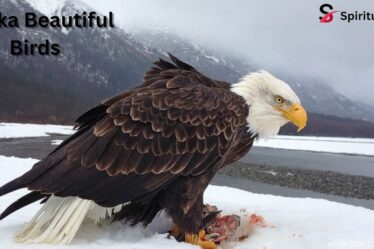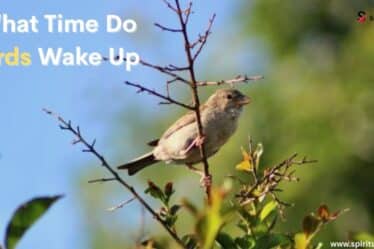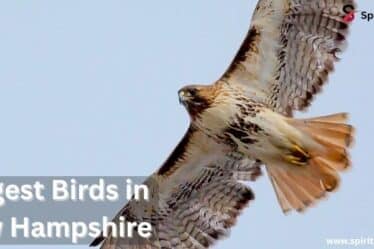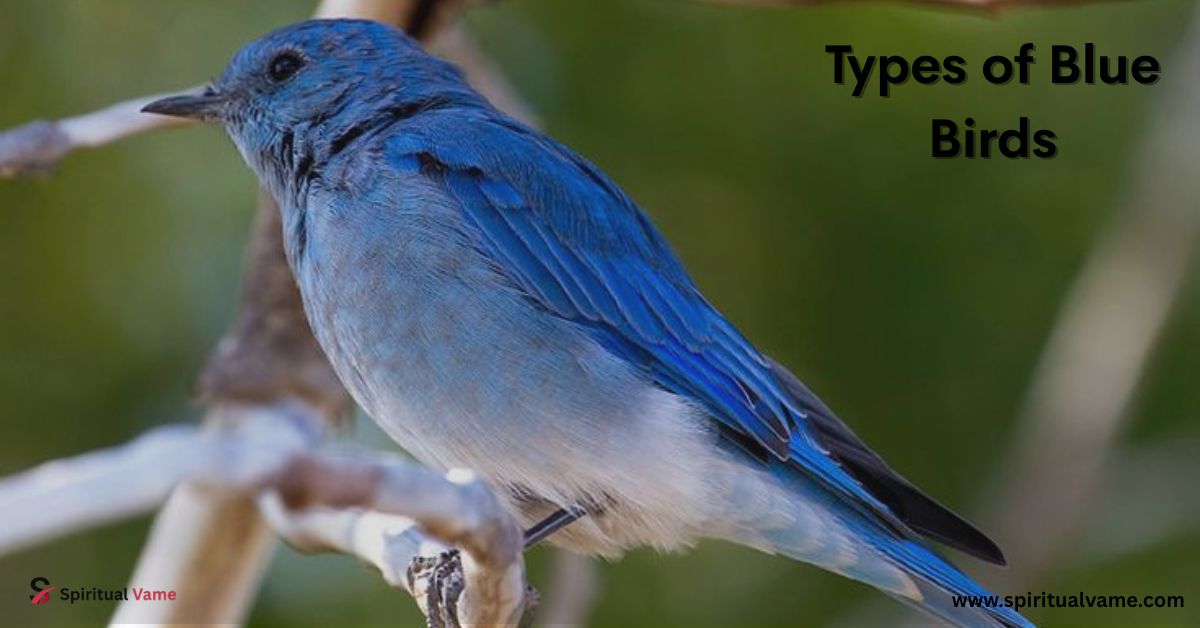
There’s something about blue birds that stops you in your tracks. Whether it’s the shimmer of an Eastern Bluebird over a sunlit field or the flash of a Steller’s Jay deep in the woods, these types of blue birds have an almost magical presence. Blue birds aren’t just stunning—they also thrive in all sorts of environments, from the forests of North America to the tropical rainforests of South America. This article explores different types of blue birds, with a focus on their behavior, habitats, and what makes each one unique.
We’ll start with the 11 types of blue birds of North America, including some familiar faces like the Blue Jay and Indigo Bunting. Then we’ll venture into a global roundup of 25 beautiful blue birds, wrapping it up with a visual treat—20 breathtaking blue bird photos that’ll inspire your next birdwatching adventure. If you’re in the USA, you might even spot some of these brilliant birds right from your porch.
11 Types of Blue Birds of North America
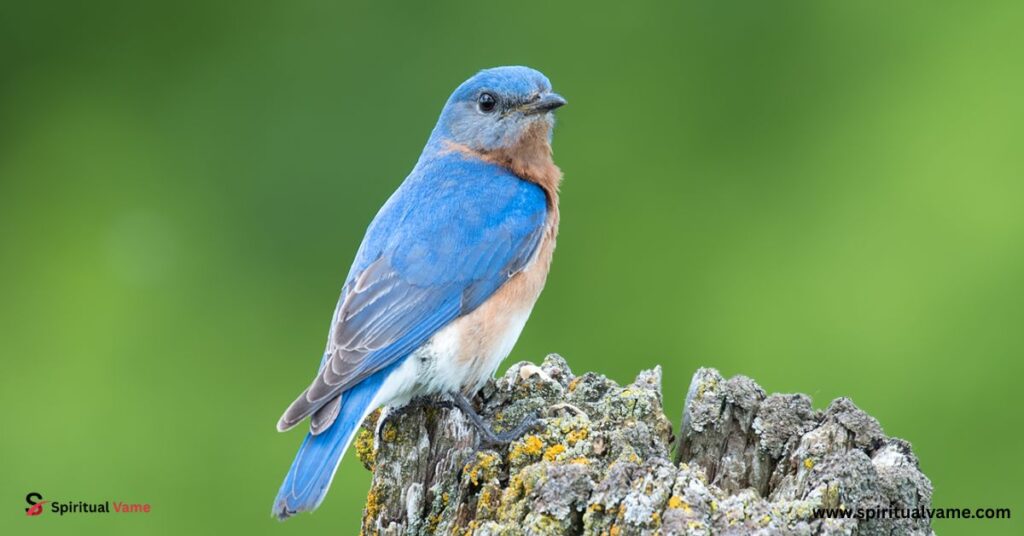
Eastern Bluebird (Sialia sialis)
The Eastern Bluebird (Sialia sialis) is a symbol of joy for many bird lovers across North America. With bright blue wings and a rusty-red chest, this medium-sized bird is easy to spot in open country. They love semi-open habitats like cut-over areas, old fields, orchards, and even suburban lawns. You’ll often see them perching on telephone lines, fences, or power lines, patiently scanning the ground for insects. During winter, they stick to similar areas with enough ground cover and food sources. They’re cavity nesters, meaning they nest in tree holes or nest boxes. Groups like Sialis.org and Audubon have helped keep their numbers stable, with the species listed as least concern by the IUCN.
Western Bluebird (Sialia mexicana)
The Western Bluebird (Sialia mexicana) has a similar body shape but lives in different terrain. Found across the Pacific states, Utah, Colorado, and even Baja California, this bird loves the edges of forests, especially conifer and deciduous woods. It’s often seen around logged or burned areas, using perch sites to hunt insects. These birds breed at elevations up to 2,900 meters and are common in temperate and terrestrial regions. Their soft warbling songs add life to pine forests, and they often rely on nest boxes in places like British Columbia and the Rocky Mountains.
Mountain Bluebird (Sialia currucoides)
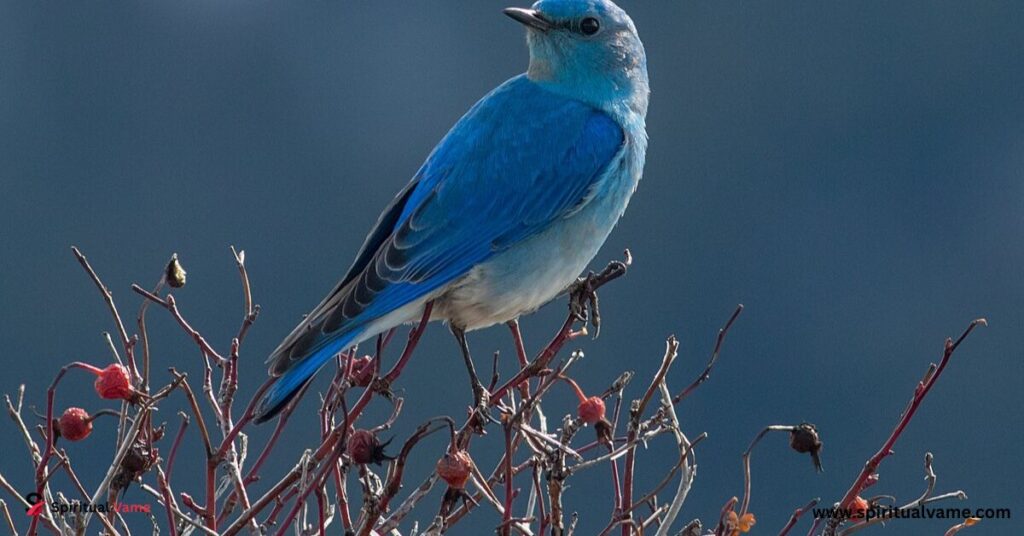
The Mountain Bluebird (Sialia currucoides) takes the blue to another level. With its soft cerulean sparkle, it prefers open habitats at higher elevations, including mountain meadows, prairies, and alpine tundra. You’ll often see them hovering briefly in mid-air before diving for insects, a flight pattern similar to the American Kestrel. They’re cavity nesters too and will gladly use human-altered habitats like nesting boxes in cut-over or burned areas. Their long wings and streamlined shape allow them to glide over wide-open landscapes of the western United States.
Blue Grosbeak (Passerina caerulea)
The Blue Grosbeak (Passerina caerulea) is a striking bird with deep cobalt feathers and thick bills perfect for cracking seeds. They live in shrubby habitats, often along roadsides and overgrown fields. You’ll hear their sweet, warbling song before you see them. These birds are shy but widespread and prefer dense areas near open spaces, where they can dart in and out quickly while foraging.
Indigo Bunting (Passerina cyanea)
The Indigo Bunting (Passerina cyanea) is small but unforgettable. Covered in a shimmering blue that looks like it’s been painted on, this bird is a favorite in brushy pastures, bushy wood edges, and along roadsides. Males sing from perches at dawn and dusk, defending their breeding range, which stretches from southern Canada to eastern Texas. They forage in low vegetation, feeding on seeds and insects. These buntings migrate to the tropics in winter, traveling incredible distances to southern Florida, the Caribbean, and beyond.
Steller’s Jay (Cyanocitta stelleri)
The Steller’s Jay (Cyanocitta stelleri) is hard to miss. With its dramatic black crest and deep blue body, it looks like a punk rocker of the bird world. Found in coniferous forests, especially in the western U.S., it’s known for its bold personality. This bird mimics other animals’ calls and boldly raids campsites and feeders. It nests high in pine or fir trees and can often be spotted in burned or logged forests where its harsh “shack-shack” call echoes through the trees.
Black-throated Blue Warbler (Setophaga caerulescens)
The Black-throated Blue Warbler (Setophaga caerulescens) is a hidden gem in eastern deciduous forests. Males are black and rich blue on top, with a crisp white belly. These warblers favor the understory, often flitting through dense foliage in search of caterpillars. Their call is a soft “zwee-zwee-zwee,” and though they’re small, their color stands out against green leaves.
Blue Jay (Cyanocitta cristata)
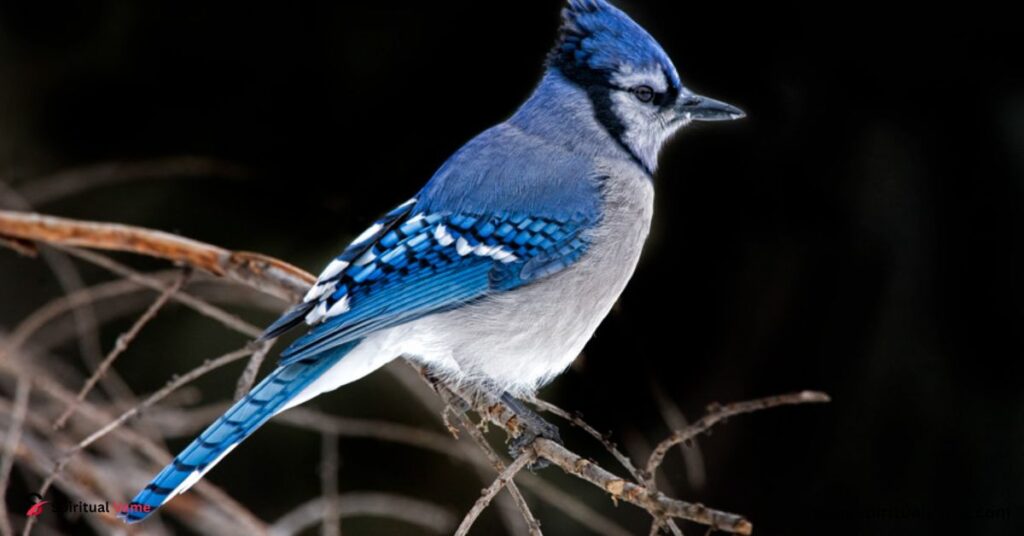
The Blue Jay (Cyanocitta cristata) is a common, large songbird known for its intelligence and striking color pattern—bright blue, pale gray, and a bold black necklace. You’ll often see it around oak trees, gathering acorns or defending its nest with loud calls. These birds are adaptable, living in mature woodlands, suburban areas, and even near bird feeders. They’re social creatures, sometimes forming small flocks that travel together in the eastern United States.
Cerulean Warbler (Setophaga cerulea)
The Cerulean Warbler (Setophaga cerulea) is a tiny but eye-catching bird with soft sky-blue feathers. It breeds high in the canopy of mature deciduous forests and is considered rare due to habitat loss. These warblers prefer large, unbroken tracts of forest, where they nest and raise their young in peace. They migrate to South America in winter, making them long-distance travelers.
Florida Scrub Jay (Aphelocoma coerulescens)
The Florida Scrub Jay (Aphelocoma coerulescens) is one of the rarest blue birds in North America. Found only in Florida, it lives in dry scrubland and has a bold, curious nature. These birds are non-migratory and stay in family groups, often helping parents raise young. They’re endangered due to habitat destruction, but efforts are underway to protect their shrinking range.
Lazuli Bunting (Passerina amoena)
The Lazuli Bunting (Passerina amoena) is another Western delight. Males are a soft, powdery blue with white bellies and cinnamon shoulders. They nest in shrubby areas and sing a sweet, rolling tune from exposed branches. Often confused with the Indigo Bunting, this species prefers semi-arid areas and can be seen from the Great Plains to the Pacific Northwest.
Conclusion
From the rolling grasslands of Texas to the mountain ranges of Colorado, North America’s blue birds come in many shapes and shades. Whether it’s the sky-hued feathers of the Mountain Bluebird or the mischievous glint in a Blue Jay’s eye, each bird brings a unique charm to its ecosystem. These birds are more than just beautiful—they help control insect populations, spread seeds, and give us that little spark of joy when we spot them outside our windows.
If you’re looking to attract these birds to your yard, try installing nest boxes, planting native shrubs, or adding a simple bird bath. Visit trusted sources like Audubon, Sialis.org, and Animal Diversity Web to learn how to support blue bird conservation. Keep your eyes open—you never know when a flash of blue will flutter by.

